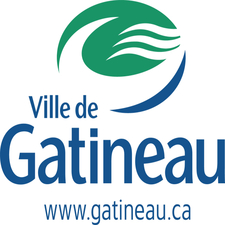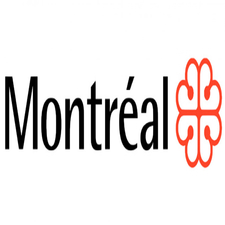Floodplain
Type of resources
Topics
Keywords
Contact for the resource
Provided by
Formats
Representation types
Update frequencies
status
-

This map locates the areas of high current and low current of the Ottawa and Gatineau rivers. The low-current zone corresponds to the part of the floodplain, beyond the limit of the high-current zone, that can be flooded during a 100-year recurrent flood. The high-current zone that corresponds to the part of a floodplain that can be flooded during a 20-year recurrent flood. The floodplain corresponds to the space occupied by a lake or a watercourse during a flood period within the meaning of the Policy for the Protection of Coastal Shores and Floodplains. Appendix E - zoning by-law 502-2005 - amendment 502-237-2017, in force on July 24, 2017 Sources: Annex E - zoning by-law 502-2005 - amendment 502-237-2017, in force on July 24, 2017 City of Gatineau, City of Gatineau, Department of Urban Planning and Sustainable Development, Department of Urban Planning and Sustainable Development, in force on July 24, 2017, in force, City of Gatineau, Department of Urban Planning and Sustainable Development, May 2014, May 2014, May 2014, Mapping of areas of large and weak currents of the Ottawa and Gatineau rivers from two sources: JFSA, April 2014, Determination and mapping of open water flood levels in the Gatineau River. 995-14 Quebec Water Expertise Center, March 2008, Determination of flood ratings corresponding to the large current zone and the low current zone, Ottawa River, CEHQ 07-114. The low-current zone corresponds to the part of the floodplain, beyond the limit of the high-current zone, that can be flooded during a 100-year recurrent flood. The high-current zone that corresponds to the part of a floodplain that can be flooded during a 20-year recurrent flood. The floodplain corresponds to the space occupied by a lake or a watercourse during a flood period within the meaning of the Policy for the Protection of Coastal Shores and Floodplains. Appendix E - zoning by-law 502-2005 - amendment 502-237-2017, effective July 24, 2017**This third party metadata element was translated using an automated translation tool (Amazon Translate).**
-

The land use and development plan puts forward a frame of reference aimed at better knowing, protecting and promoting heritage. The data available in this set mainly comes from the mapping of sections 2.1, 2.3 and 3.1 of the Urban and Urban Plan of Montreal, namely __adaptation to climate change__, __territories of ecological interest__, __territories of ecological interest__, the __green and blue frame__, the __green and blue frame__ as well as __constraints and nuisances__. This urban planning and development plan for the agglomeration of Montreal outlines the main parameters that will guide the Montreal agglomeration council in decisions relating to land use planning in the coming years. From a perspective of sustainable development, this document guides decisions that shape the territory in order to promote compact and greener neighborhoods, increase public and active transportation, support the economic dynamism of the agglomeration and highlight areas of interest. Consult the [interactive map] (https://smvt.maps.arcgis.com/apps/webappviewer/index.html?id=d152aaa85b6f4e9086cecdf10c7456db) of the Planning and Development Plan to visualize the thematic data.**This third party metadata element was translated using an automated translation tool (Amazon Translate).**
 Arctic SDI catalogue
Arctic SDI catalogue